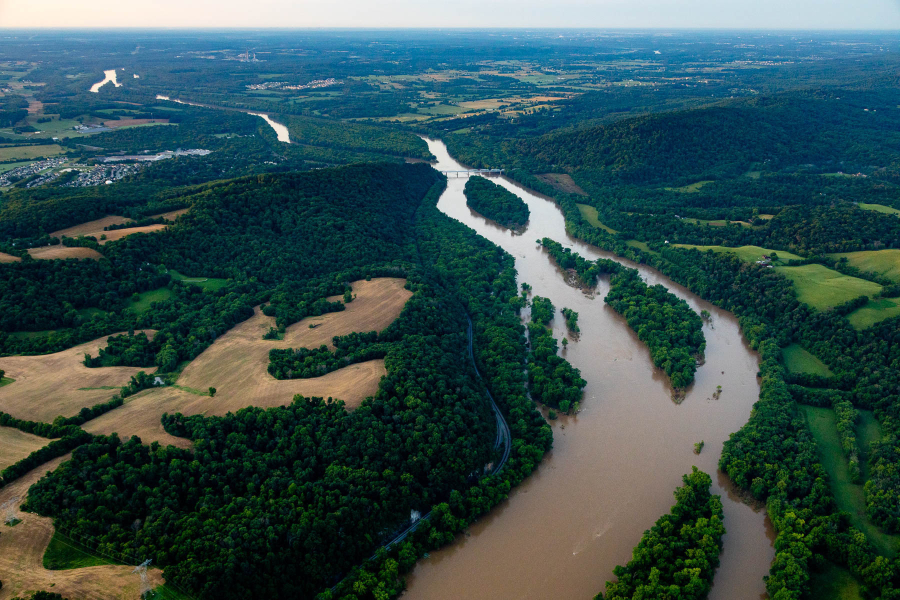The health of the Potomac River plateaus after decades of progress
The Potomac Conservancy addresses negative trends and lays out a plan for improvement

As one of the largest tributaries emptying into the Chesapeake Bay—second only to the Susquehanna River—the Potomac River is a vital piece of the watershed. It flows for over 380 miles through forests, farms and cities, providing fresh drinking water, wildlife habitat and miles of scenic trails and places to boat and fish.
Over the past few decades, the Potomac Conservancy and a handful of other environmental groups have restored the river, reducing industrial and agricultural pollution, mending habitats for native fish and other animals, and working towards a swimmable, fishable river. But according to the Conservancy’s 2020 Potomac River Report Card, years of positive health trends for the river have now plateaued.
For the first time in a decade, the Potomac River’s health grade has declined, slipping from a B to a B-. This score is determined by a number of factors, including pollution levels, fish populations, land management and more. For many of these factors, the 2020 scores are worse than last year, or trending downward compared to the past several years. The river is seeing lower tidal water clarity, which threatens underwater habitat, plummeting juvenile fish rates for smallmouth bass and an increase in excess nutrients and sediment from urban runoff.
The Conservancy attributes stalled progress to the issue of stormwater runoff. Deforestation and development in parts of Maryland, Virginia and West Virginia keep stormwater from absorbing into the ground naturally, and instead carry high levels of nutrients and sediment into the Potomac. This condition is exacerbated by the increasing frequency and intensity of storms, which we saw in 2018 when record-setting rainfall drenched the watershed.
As indicated in the report card, the Potomac Conservancy fears that if left unchecked, these negative health trends can reverse decades of progress. The organization recommends several steps that are needed, including investment in clean water and the environment as a public health priority, protecting healthy forests and the river’s cleanest tributaries, and defending and strengthening laws that protect our waterways at the local, state and federal levels.
You can explore the Conservancy’s annual report card to see exactly how the various aspects of the river’s health are doing as well as the methodology behind these scores. To do your part in protecting rivers such as the Potomac, visit our Take Action page.

Comments
There are no comments.
Thank you!
Your comment has been received. Before it can be published, the comment will be reviewed by our team to ensure it adheres with our rules of engagement.
Back to recent stories